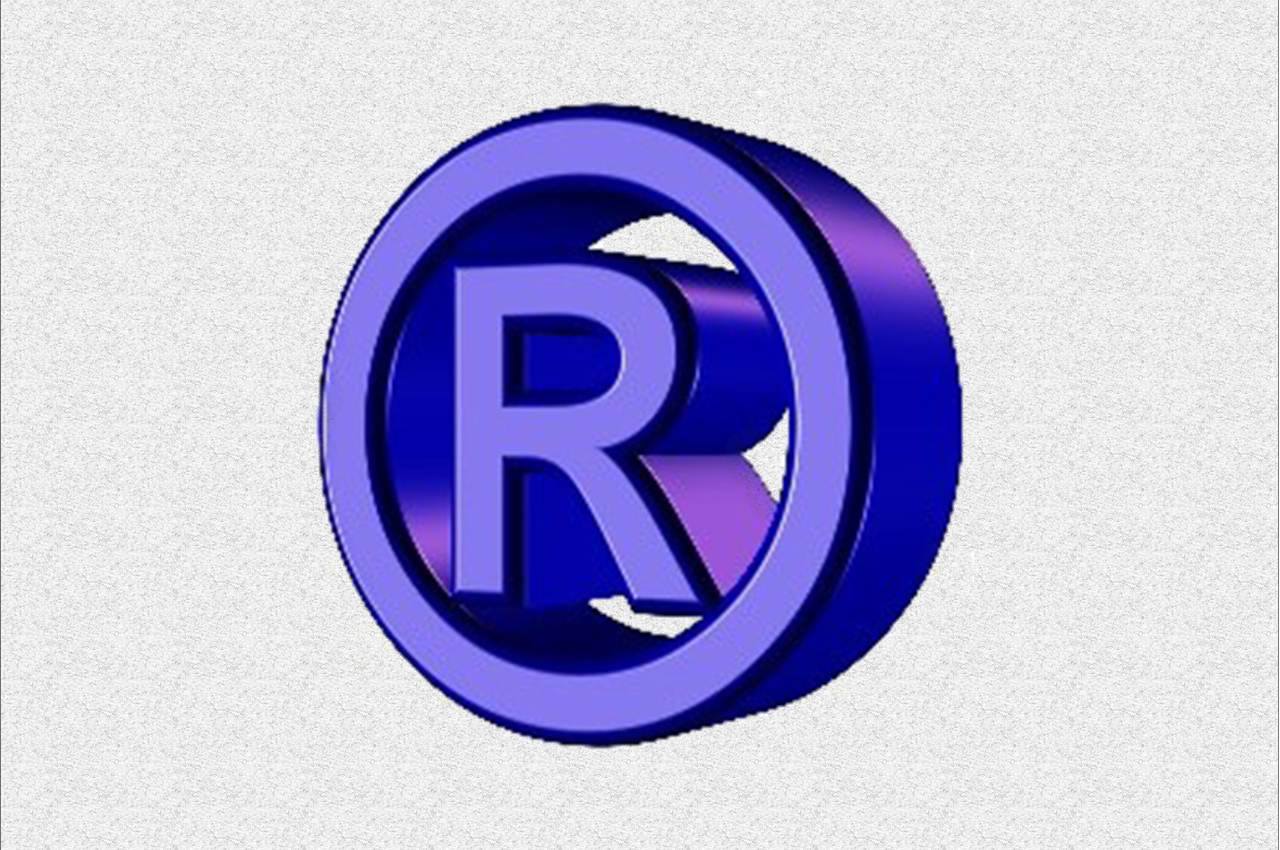Resources
Trademarkology
Use It (in Commerce) or Lose It!
Before a U.S. application filed on an in-use or intent-to-use basis may proceed to registration, the applicant must show that the mark has been used in commerce. Being right about whether the mark has been used in commerce is important. In fact, the validity of the resulting registration may depend on it. Using a mark in commerce means using it in commerce Congress may regulate. Generally, this means using the mark in interstate commerce, foreign commerce, or commerce with Native American tribes. If you want more detail and citations to the statute, you can read this article.
Determining when and how to claim that a mark has been used in commerce is sometimes easy. When someone has shipped goods bearing the mark across state lines, there is use of the mark in commerce. But sometimes deciding whether use of a mark rises to the level of use in commerce is not so easy, especially when sales occur within a single state. Recently, the Federal Circuit issued an opinion that makes this a little easier for mark owners seeking to prove use of a mark in commerce.
In Christian Faith Fellowship Church v Adidas AG, Case No. 2016-1296 (Fed. Cir. Nov. 14, 2016), the U.S. Court of Appeals for the Federal Circuit held that the in-state sale of two hats bearing the mark to an individual who resided in another state and traveled to the mark owner’s bookstore to make the purchase counts as use of the mark in commerce.


Christian Faith Fellowship Church (the “Church”) serves a congregation comprised of Illinois and Wisconsin residents. It began selling clothing bearing the phrase ADD A ZERO in its bookstore in January 2005 as part of a fundraising campaign.

The Church applied to register the mark in standard character and stylized forms for use in connection with clothing. The applications were based on use in commerce. Shortly after the applications proceeded to registration, Adidas AG sought to cancel the registrations because they had been cited as obstacles to registration of Adidas’ application for ADIZERO for use with clothing.

The Trademark Trial and Appeal Board (the “TTAB”) granted Adidas’ petition for cancellation on the grounds that the Church had failed to use the marks in commerce prior to filing the in-use applications to register ADD A ZERO. The Church argued that it had made use of the mark in commerce, as evidenced by the sale of two hats to a Wisconsin resident. The evidence supporting this defense consisted of a canceled check dated February, 2005 and cross reference to the bookstore’s sales register.
The TTAB concluded that the sale of two hats bearing the mark at minimal cost within a state to an out-of-state resident was too de minimis to affect commerce Congress may regulate and therefore did not constitute use in commerce.
The Federal Circuit disagreed. With its decision, the Court emphasized that when Congress regulates a class of activities, the courts cannot exempt individual instances of such activities as too trivial to qualify. The Court took care not to define the outer parameters of Congress’s commerce clause power. The aggregation of sales of goods to out-of-state residents would have a substantial effect on interstate commerce and therefore a single sale to an out-of-state resident qualifies as use in commerce under the Lanham Act.
This result will be good news for smaller mark owners. The decision means that mark owners that sell only within a state will have to amass less evidence to support a claim to use of the mark in commerce.
Read more from Trademarkology



